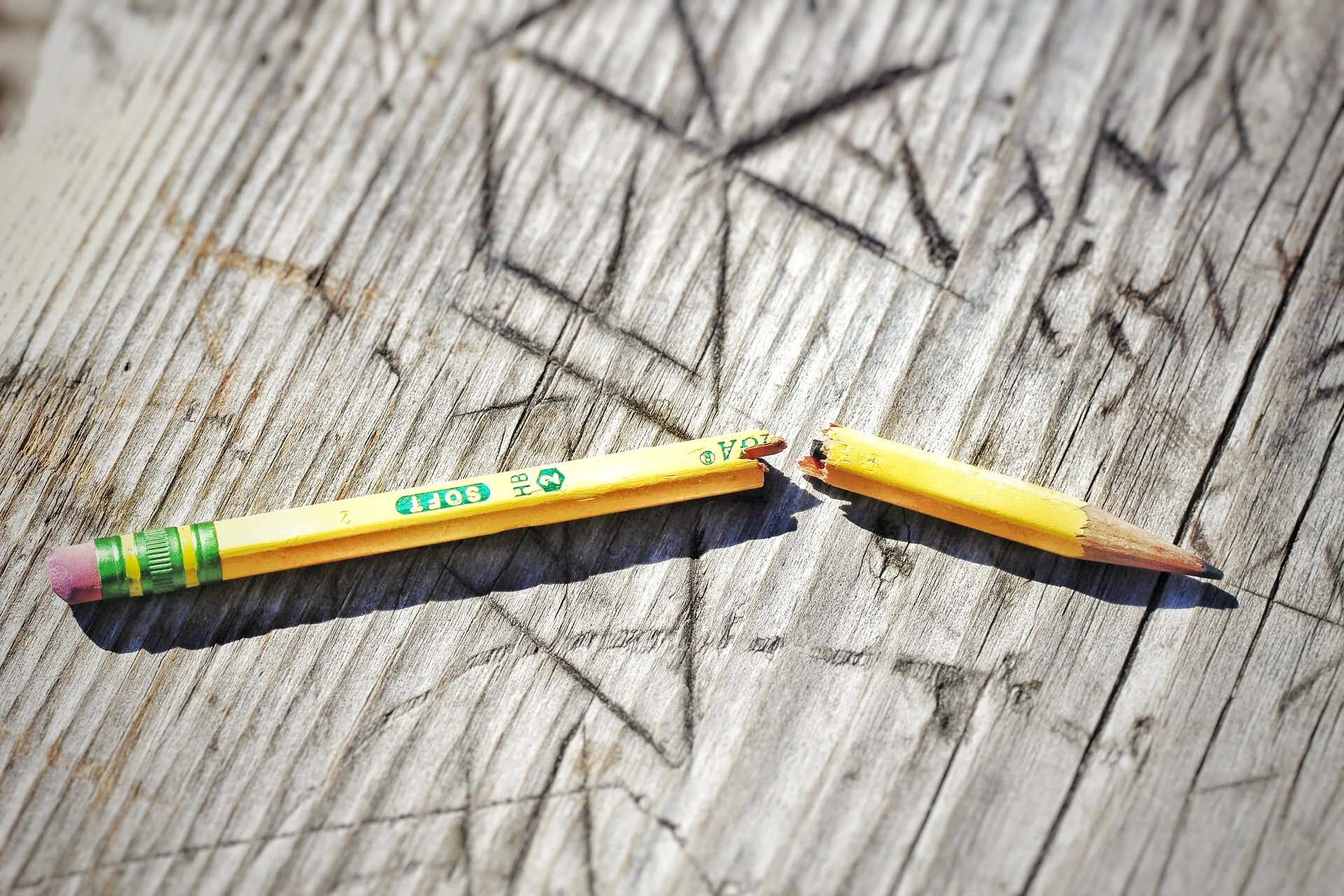Ungrading.
We can can shift our focus away from grades.
In venting my frustration about grades and grading in a post yesterday, I concluded by stating there were alternatives. Those alternatives have loopy bits, but they also get us thinking about how grades have been warping higher education, and how we can do things to bring more balance and authenticity to grades. Welcome to ungrading.
Photo by Joshua Hoehne on Unsplash
If you do a Google search on ungrading, the Google algorithim/bot/eye of Sauron will first show you results for upgrading instead. So let me spare you the work of finding that information. It generally refers to a process whereby instructors don’t give out grades until they really have to, for example at the end of term, though a few instances have been recorded where instructors have managed to get away from grades entirely. Susan Blum, an anthropologist who write extensively on higher education, is a well-known advocate for ungrading. As she puts it: “People kept asking me what I would do to improve things [in higher education]. And I said that if I could make one change, I would get rid of grades.” She references another well-known anti-grader Alfie Kohn whose article “The Case Against Grades” makes the argument for deleting grades, or at least minimizing their importance.
But how? Both Blum and Jesse Stommel figure prominently in the call to ungrade. Some of the things that Stommel puts forward are over the top, such as the statement in his well-known essay “How To Ungrade” that he cares “less that my doctors are graded and more that they've read all the books of Virginia Woolf or Octavia Butler, because critical thinking is what will help them save my life when they encounter a situation they've never encountered before.” I don’t care that my doctors are graded either, but I do care that they’ve gone to medical school, attended classes, and learned the difference between a collarbone and a pancreas. Besides, reading Woolf’s or Butler’s fiction does not necessarily make you a better thinker any more than reading Gray’s Anatomy necessarily makes you a capable doctor.
Once you get beyond such provocations, there is real food for thought. Stommel’s approach is to have students write reflections during a course in which they outline and examine what they’ve learned in the hopes that they will develop their powers of metacognition. At the end of the term, if he’s required to provide a grade to the institution, he discusses this with his students and asks them to come up with their own grade, which he has the right to change but rarely does (and, in those cases when he does change it, he usually increases the grade for those students who are underestimating their abilities). He states: “I wish the conversation I had with students could focus purely on authentic assessment, process, and formative feedback. But I have found that asking students to give themselves a grade also makes the why and how of grades a valuable subject of the conversations we have—valuable because they will go on to be graded in other courses and thinking critically about how and why grading happens helps that become more productive for them.”
For her part, Blum makes heavy use of learning portfolios and giving students choice. She “decenters” grades by not putting a grade breakdown in her syllabi, and students can develop their own learning plan: “The idea is to have students figure out how a class fits with their own lives, course of study and interests.”
Other instructors are taking up the call to revise how grading works in their courses. Laura Killam, a nursing professor at Cambrian College, provides students choice as well. She also negotiates grades with students: their assignments get feedback but not grades, and she discusses their work with them at different points in the term before assigning a final grade in consultation with them that also takes into account some other assignments.
Ungrading is a word that provokes strong reactions. At first you think, that just won’t work, but then you realize it’s less about the actual action of ungrading and more about reexamining and reinventing the role of grading.
Ungrading’s strength lies not only in its ability to get students to reflect on their learning, but also in how it brings instructor and student into an open dialogue about the student’s learning. There simply isn’t enough of that in modern higher education. Big classes, super-busy profs, super-busy students - these all combine to thwart genuine discussion.
The emphasis on student choice and reflection in assessment is also one of ungrading’s weaknesses. The flexibility and the underlying expectation for greater one-on-one instructor-student interaction will seem daunting to instructors of large courses. There are arguments that instructors free up time for that interaction by spending less time marking assignments, which raises a second fear: that ungrading will not improve a student’s abilities or knowledge because, in the absence of rigorous assignments, learners just won’t be challenged enough.
These objections are valid, but they aren’t enough to push ungrading out of the picture. Especially not now, as the Great Pivot of 2020 morphs into Pandemic Pedagogy where so much higher education instruction is now online. We need to find ways to connect students with their studies and with their instructors in the online environment. Ungrading offers a very human and humane way of achieving that goal.
For Fall Term 2020 this blog will be exploring issues informing education during a pandemic. It is appearing as part of a graduate seminar on online teaching and learning. You can read more about the seminar or see the other posts.
Post 49/60.

